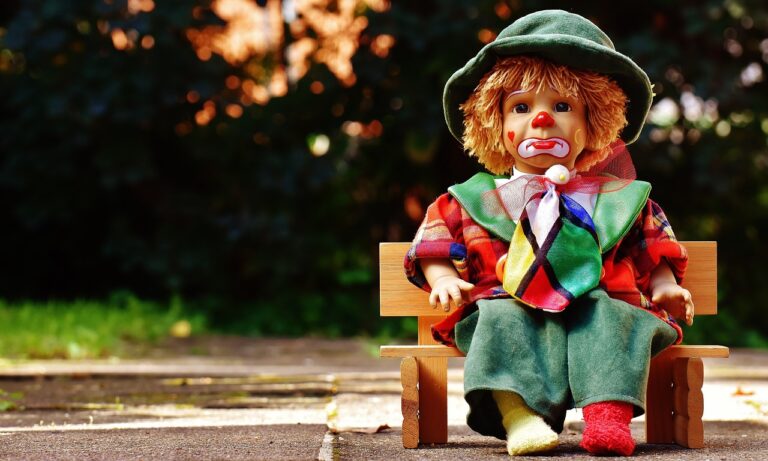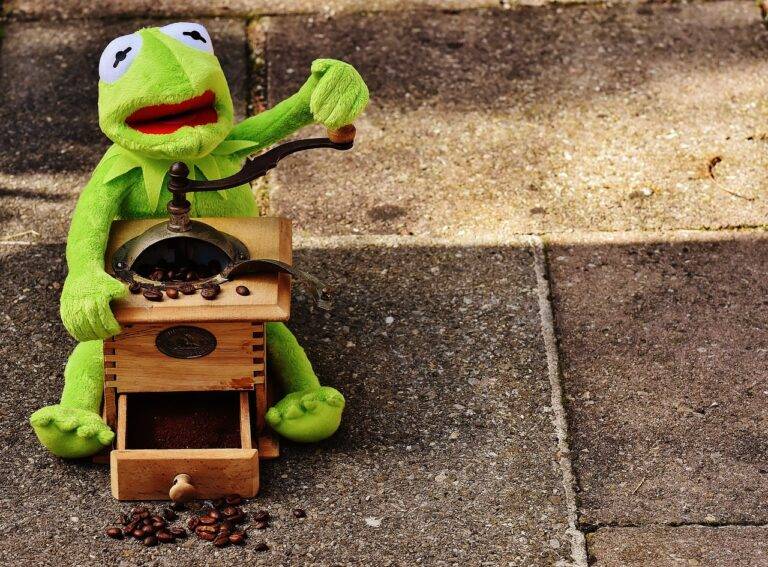Museum Conservation Laboratories: Behind-the-Scenes Preservation Work: 11xplay registration, Laser 247com, Tiger exchange 247 vip login
11xplay registration, laser 247com, tiger exchange 247 vip login: Museum conservation laboratories play a crucial role in the preservation of cultural heritage and artifacts. Behind-the-scenes, dedicated professionals work tirelessly to ensure that these valuable objects are maintained for future generations to enjoy. Let’s take a closer look at the essential work that goes on in these conservation labs.
Conservation Ethics: The Foundation of Preservation
Conservation labs adhere to strict ethical guidelines to ensure the integrity of the artifacts they work on. Professionals prioritize the preservation of the original material while also documenting any interventions made to the object. This attention to detail ensures that the artifact’s historical significance remains intact for years to come.
Materials Analysis: Understanding the Object’s Composition
Before any conservation work begins, materials analysis is conducted to determine the composition of the artifact. This process helps conservationists understand how the object was made and what materials were used, guiding their treatment decisions.
Cleaning and Stabilization: Protecting the Artifact’s Integrity
Conservation labs often focus on cleaning and stabilizing artifacts to prevent further deterioration. Specialized techniques are used to gently remove dirt and grime without causing damage to the object. Stabilization methods are employed to strengthen fragile materials and prevent them from crumbling or falling apart.
Conservation Treatments: Restoring the Artifact’s Beauty
In some cases, artifacts may require more extensive conservation treatments to restore their aesthetic appeal. This can include repairing damaged areas, filling in missing parts, and retouching areas where paint or other decorative elements have worn away. Conservationists use reversible techniques to ensure that any interventions can be undone in the future if needed.
Environmental Monitoring: Maintaining Optimal Conditions
Conservation labs carefully monitor the environmental conditions in which artifacts are stored to prevent damage from factors such as temperature, humidity, and light exposure. These efforts help ensure that the objects remain in stable condition for years to come.
Documentation and Research: Recording the Conservation Process
Comprehensive documentation is a critical aspect of conservation work. Conservationists record all observations, treatments, and changes made to an artifact to create a detailed record of its conservation history. This information is invaluable for future researchers and conservators.
FAQs
Q: How long does the conservation process typically take?
A: The time required for conservation work can vary depending on the size and complexity of the artifact, as well as the extent of the damage. Some objects may be treated in a matter of days, while others may require months or even years of work.
Q: Are all artifacts suitable for conservation?
A: Not all artifacts are suitable for conservation, especially if they are severely deteriorated or if conservation efforts would compromise their historical integrity. Conservation labs carefully assess each object to determine the best course of action.
In conclusion, museum conservation laboratories play a vital role in the preservation of cultural heritage. The work carried out behind-the-scenes ensures that these priceless artifacts are safeguarded for future generations to appreciate and learn from. By following strict ethical guidelines, conducting materials analysis, performing cleaning and stabilization, and documenting the conservation process, conservationists make a significant contribution to our understanding and appreciation of history.







